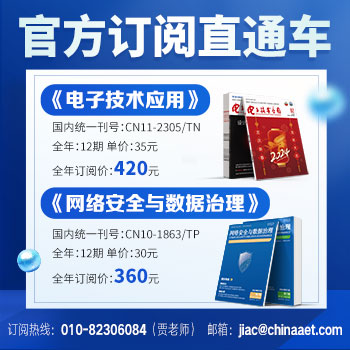论数字化“智力成果”保护向著作权法回归的正当性——以人工智能生成内容的保护路径选择为例
网络安全与数据治理
徐榕岭
上海大学法学院
摘要: 现阶段数字化“智力成果”不断涌现,但著作权保护之正当性却遭遇了前所未有的挑战。以人工智能生成内容为例,无论是在保护对象上、权利主体上还是受控行为上都因为技术的强势介入而产生认定难题,进而产生了适用反不正当竞争法进行保护的倾向。但事实上,适用反不正当竞争法不仅无法达到预期效果,反而会因抵触著作权法而增加社会成本。经过进一步分析,可以发现人工智能生成内容等数字化“智力成果”之上存在创作模式、技术身份和使用行为性质的认识误区。当相关误区被纠正后,著作权法完全有能力对数字化“智力成果”提供充分保护并且实现作者利益与公众利益之间的平衡。因此,正确的做法是在外部明确著作权法、反不正当竞争法和公共领域的界限,在内部利用著作权法高效的利益平衡机制寻找适合数字化“智力成果”的保护模式。
中图分类号:D923.41文献标识码:ADOI:10.19358/j.issn.2097-1788.2024.04.013
引用格式:徐榕岭.论数字化“智力成果”保护向著作权法回归的正当性——以人工智能生成内容的保护路径选择为例[J].网络安全与数据治理,2024,43(4):77-84.
引用格式:徐榕岭.论数字化“智力成果”保护向著作权法回归的正当性——以人工智能生成内容的保护路径选择为例[J].网络安全与数据治理,2024,43(4):77-84.
The legitimacy of reverting digital "intellectual achievements" protection to copyright law——Background on the path selection for protecting AI-generated content
Xu Rongling
Law School, Shanghai University
Abstract: At present, a plethora of digital "intellectual achievements" continue to emerge, but the legitimacy of copyright protection has been challenged as never before. Taking AI-generated content as an example, both in the object of protection, the subject of rights, and the controlled behavior, there are difficulties in identifying because of the strong involvement of technology, which leads to the tendency of applying anti-unfair competition law for protection. However, the application of anti-unfair competition law not only fails to achieve the desired effect, but also increases social costs due to the conflict with copyright law. After further analysis, it can be found that there are misunderstandings about the creation mode, technical identity, and the nature of use behavior on digital "intellectual achievements" such as AI-generated content. When the relevant misunderstandings are corrected, copyright law is fully capable of providing adequate protection for digital "intellectual achievements" and achieving a balance between the interests of authors and the public interest. Therefore, the correct approach is to clearly define the boundaries of copyright law, anti-unfair competition law and public domain externally, and to find a protection mode suitable for digital "intellectual achievements" internally by using the efficient interest balance mechanism of copyright law.
Key words : copyright protection; unfair competition; AI-generated content; work; application relationship
引言
进入数字经济时代后,新型数字化“智力成果”不断涌现,此类“智力成果”之上的使用行为也随之更新。保护对象[1]与使用方式的创新是产业转型的必然结果,但也对著作权法独立适用形成挑战。目前看来,产业数字化带来的挑战并没有被妥善解决,司法实践中大量本应由著作权法加以保护的“智力成果”逐渐被反不正当竞争法(以下简称“反法”)所吸收,对著作权法的独立保护构成阻碍。其中一个典型是人工智能生成内容(以下简称“AI生成内容”),因著作权法上AI生成内容是否构成作品、归属于谁以及某些使用行为受控与否都存在较大争议。尽管现阶段司法实践基本还是将AI生成内容置于著作权法之下作保护与否的评价,但权利人于“Dreamwriter生成作品”案中率先提出适用反法进行保护的要求,并且此种观点在学界也受到一定支持[2],甚至有观点认为AI生成内容应当作为物的孳息归属于人工智能硬件所有人[3]。其他法律规范的介入,极有可能使得AI生成内容成为下一个因适用关系不清而产生保护程度差异的客体。
本文详细内容请下载:
https://www.chinaaet.com/resource/share/2000005973
作者信息:
徐榕岭
(上海大学法学院,上海200444)

此内容为AET网站原创,未经授权禁止转载。

